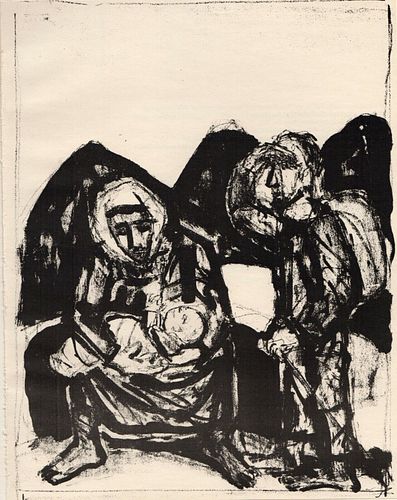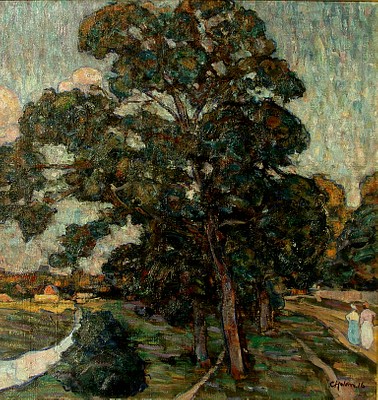OTTO DIX original lithograph 4 'Matthaus Evagenlium' limited edition
About Auction
Sep 7, 2023 - Sep 24, 2023
In this Auction King Art presents a variety of Artwork, Paintings & Drawings, Jewelry, Fine Silver, Sculpture & Furniture in the price range of $10 to $1250 King Art & Antiques kking15259@aol.com
- Lot Description
Das Evangelium nach Matthaus. Lithographs by Otto DIX. 'Flight to Egypt'
Berlin: Kathe Vogt Verlag, 1960, first Otto Dix edition. Of the total edition of 2000 copies
Size: 11-1/2''h, 9''w.
From the mats these appear to be from Ferdinand Roten Gallery.
Please view similar listings.
From the internet:
Dix, Otto
born: 1891, Gera, Germany
died: 1969 Singen am Hohentwiel
Otto Dix belonged to a generation of artists who, in the wake of the First World War, radically rejected bourgeois conventions in art and life by joining the Dadaist revolt. His training began with courses in decoration and applied arts in Gera and at the School of Arts and Crafts in Dresden (1909-1914). Portraits done at the time showed the influence of Renaissance art on Dix, while his landscapes reflected an involvement with Expressionism. A first-hand experience of war then led, in 1915, to a decided, if tempo- rary, Futurist thrust in Dix's work. His shocking pictures of disabled veterans and of the netherworld of poverty and vice, such as Suburban Scene of 1922, brought the young Dresden art student early fame. During his attendance at the Düsseldorf Academy (1922-1925), which brought him into contact with the Young Rhineland group, Dix increasingly adopted the cool, objective Neue Sachlichkeit approach. After a period in Berlin, he returned to Dresden in 1927, where he held a professorship until it was rescinded by the Nazis in 1933. An emigrant within his own country, Dix continued to work, but it was not until after the war that he found some of his old verve in a late, again more expressionistically oriented style. Dix's precise, mercilessly sharp observation and description of the world around him largely shaped the veristic stream within Neue Sachlichkeit in the 1920s. These qualities were still very much in evidence in his 193i Self-portrait. The artist's mastery of technique, and his ability to combine physiological details and attributes with psychological penetration of character, made Dix one of the major portraitists of the 1920s. In his 1921 portrait of Dr. Hans Koch, urologist, art collector, and the artist's brother-in-law, Dix shows him as the grotesque caricature of a doctor, sleeves rolled up on burly arms, surrounded by the metallically glinting instruments of his métier. In contrast, the monumental figure of the visionary Expressionist poet Theodor Däubler is depicted with gentle irony. The massive head set against a backdrop of misty clouds, the silk scarf as contrasting accent to the bulging volumes of the body, or the set piece of elaborate public architecture (Dresden Academy on the riverside Brühl's Terrace), are all motifs that attest to Dix's sarcastic approach to the conventions of portrait iconography.
Shipping: $8.00
Condition
“Fine as printed, hinge mount verso”
- Shipping Info
-
Shipping within the contingent USA is paid by the buyer. Any overseas shipping will be negotiated between buyer and seller and paid by buyer. Shipping will be insured and shipping is on Monday & Tuesday to avoid over the weekend storage in transit warehouse
-



 EUR
EUR CAD
CAD AUD
AUD GBP
GBP MXN
MXN HKD
HKD CNY
CNY MYR
MYR SEK
SEK SGD
SGD CHF
CHF THB
THB





